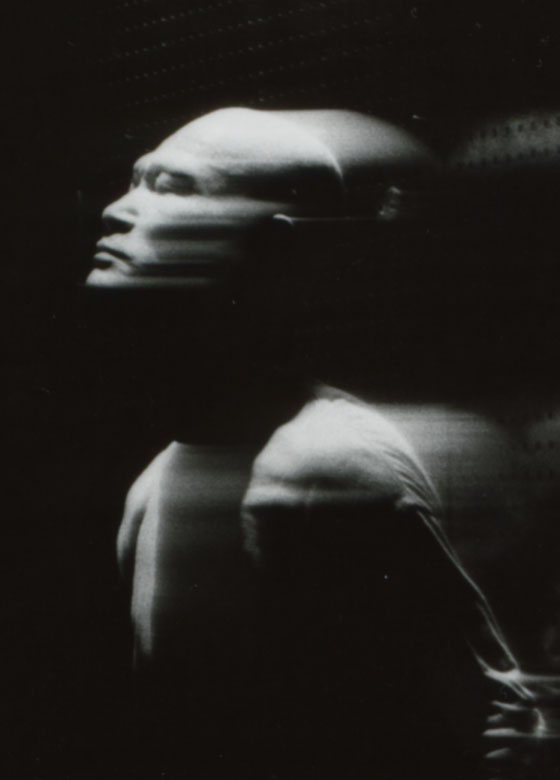
The machine called the body
Yoshifumi Okamoto
Take for instance the Olympics. Aiming for glory, the competitors groaningly abuse and train their own bodies without even stopping to consider whether or not humanity is capable of going this far. In this sense, the body’s purpose is in some way connected to achieving a goal, and in that sense very useful. If we look at it skeptically, there is no mistaking that the body is bound by its own purpose.
However, the body can become radiant precisely when it does not diligently serve its purpose, of which a prime example would be dance. Infected by the groove that your body emits, your hips unconsciously begin to shake, thereby freeing you from the narrow-minded view that people exist to be useful.
But getting your heart pumping might not necessarily be all there is to dance. If we stick with the conventional meaning of dance, it designates nothing more than a wordless performance. Especially recently when looking at the childish performances limping out of the school arts festivals, it’s no wonder that people find dance boring. People take pride in jumping the highest or spinning the fastest, but consider this: what is the difference between talented session musicians and Jimi Hendrix?
Performing this autumn is the great butoh artist Murobushi Ko. Shaved like a monk, with no eyebrows and painted in white make-up, the mere sight of him may make one cringe, but frankly speaking, Murobushi’s dance simply cannot be lumped together with the myriad of styles that comprise butoh. With his strange and beetle-like body, he creates minute vibrations that creak through space as he twists to make a distinct noise. When spectators are presented with the contours of his body moving so unbelievably fast that it blurs one’s vision, they sense the heavy, melodic transformations equal in power to Jimi Hendrix's soul-piercing noise.
In addition, Tanno Kenichi, the artist famous for his large-scale installation with three-thousand concrete blocks and mirror walls on stage, and for relentlessly questioning the relation between space and the body, has set out to create various characters through costumes and make-up in order to try and shake up his own unwavering self-identity. Once again, the body is a key point.
Through this dance he wants to laugh at the sheer ridiculousness of the prejudiced people claiming that it is somehow creepy and abstruse, but he also wants the magnificence of dance to remove the scales from their eyes.
The picture above depicts Murobushi Ko (by Awa Konji). The photographs depict the core of it, but the motion of dance in particular is insufficiently portrayed through pictures. Murobushi has been active in Europe, and is now at long last returning to Tokyo to perform with Tanno, who until now has never tackled an experiment such as this. A must-see this fall.
(Playboy, December 2000. – Bodyscape)